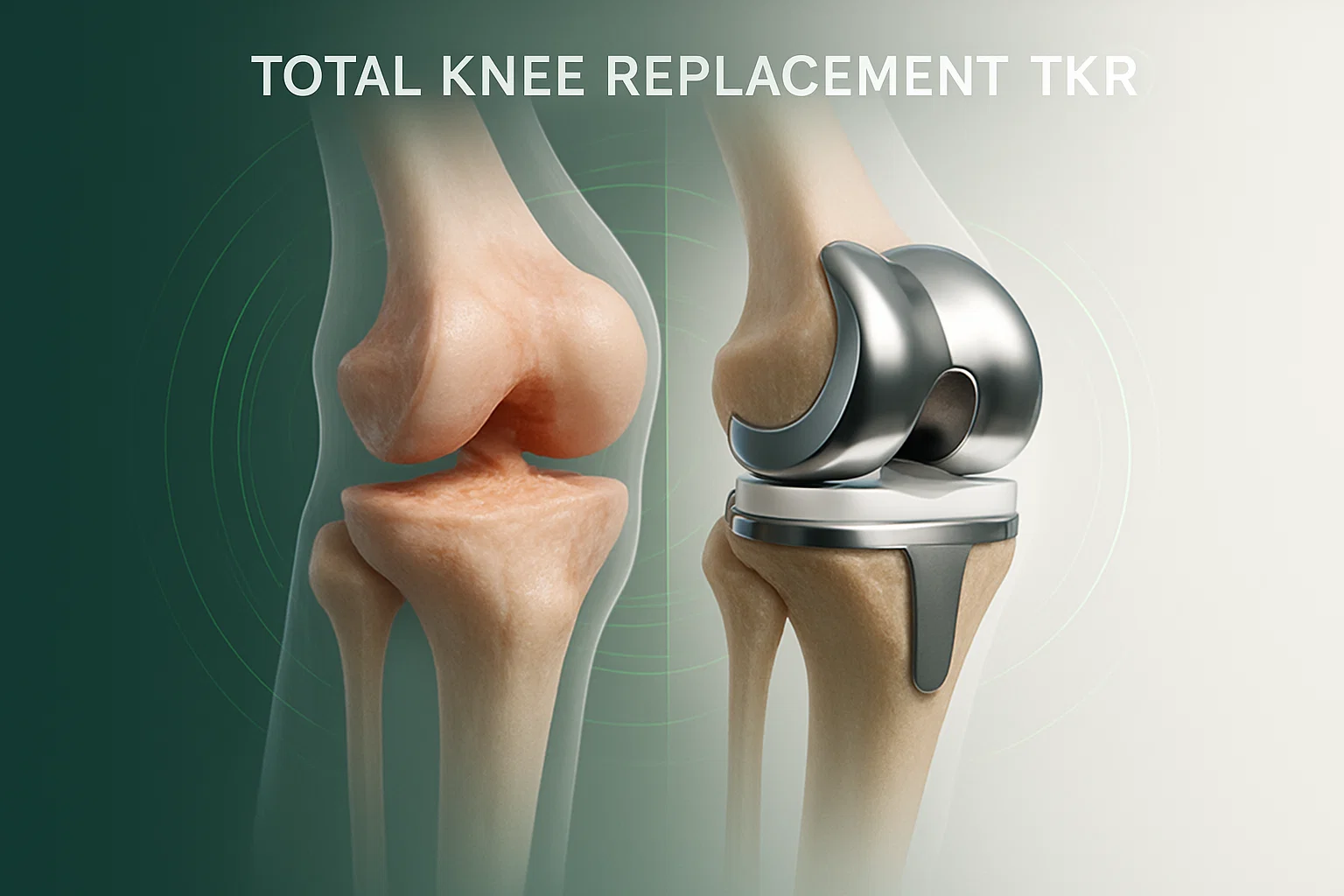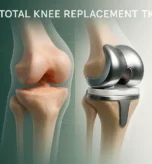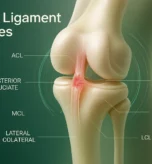
When knee arthritis progresses to the point where every step is painful, and non-surgical treatments no longer help, total knee replacement (TKR) offers a highly successful solution.
In this article, Dr. Sudarshan Bhandary guides patients through everything they need to know about knee replacement surgery.
Who Needs Total Knee Replacement?
Severe osteoarthritis (bone-on-bone contact)
Persistent pain despite medications and therapy
Severe stiffness or deformity
Difficulty walking, climbing stairs, or even standing
Sleep disruption due to pain
What Happens During TKR?
- Damaged cartilage and bone are carefully removed.
- Metal implants recreate the joint surfaces.
- A plastic spacer ensures smooth, natural movement.
Dr. Bhandary uses computer-assisted navigation systems to ensure highly precise alignment, optimizing long-term implant survival.
Pre-Surgery Preparation
Blood tests, cardiac evaluation, and anesthesia assessment
Pre-operative physiotherapy to strengthen muscles
Weight management (if needed)
Stopping certain medications (e.g., blood thinners)
Psychological preparation and patient education
Post-Surgery Recovery Journey
Day 1: Start walking with support
Week 2-4: Pain management, wound healing, start active physiotherapy
Weeks 4-12: Range of motion improvement, strengthening exercises
3-6 Months: Resuming most daily activities pain-free
12 Months: Maximal strength and joint flexibility
Long-Term Outlook
90-95% success rates
Modern implants last 15-20+ years
Activities like walking, light sports, and travel fully possible
Dr. Bhandary emphasizes post-operative education to prevent complications and protect your new joint for years to come.
Conclusion:
Total knee replacement transforms livesbut success depends on the surgeon’s precision, the patient’s commitment, and guided rehabilitation.
If you’re considering knee replacement, schedule a detailed evaluation with Dr. Bhandary to explore your personalized plan.






